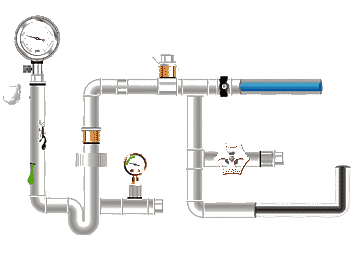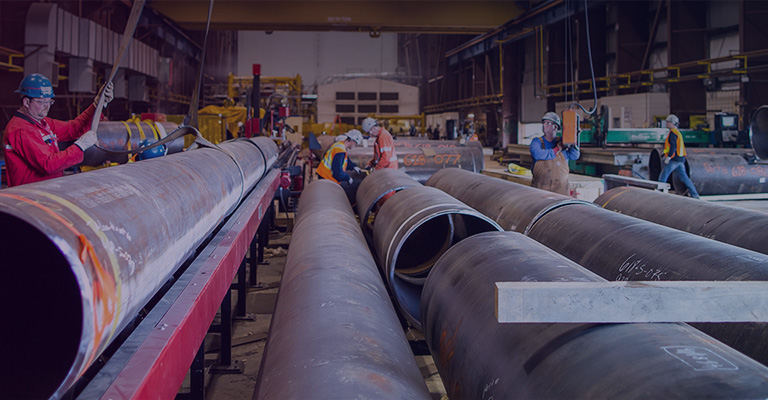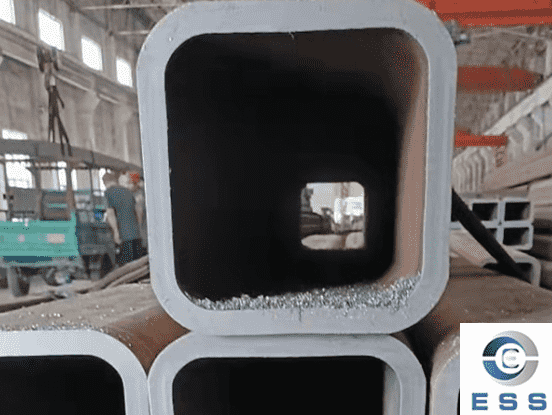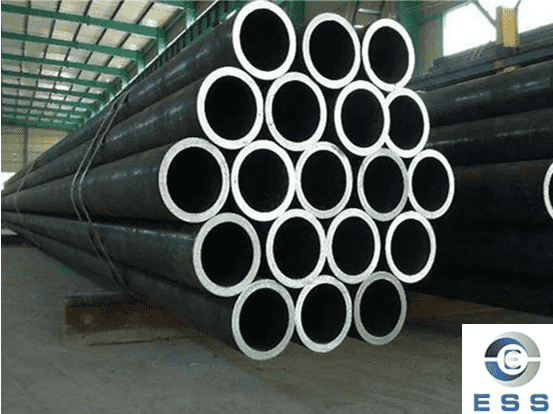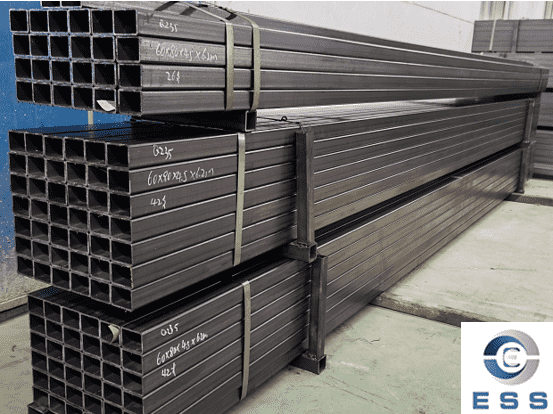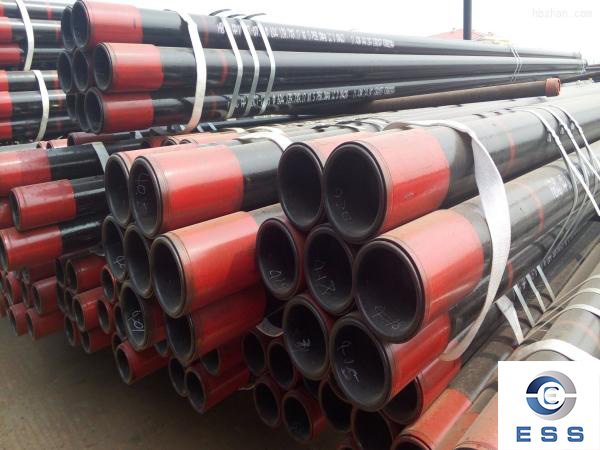
1.Overview of casing pipe thickness standards
Casing pipe refers to the process of drilling oil wells. During the drilling process, the casing pipe is gradually inserted from the inner tube to the outside at the bottom of the drilling pipe, thus forming an interconnected oil well annulus pipeline system. It is usually made of seamless steel pipe . It is widely used in industry, construction, machinery and other fields. The thickness of the casing pipe is one of the important factors affecting its protective effect and mechanical strength.
The specific casing pipe thickness standards vary depending on factors such as material, application occasion, and requirements. The common casing thickness standards are as follows.
2.Casing pipe wall thickness specification requirements
The casing pipe wall thickness specification requirements vary according to the well depth and formation environmental conditions. Under normal circumstances, the wall thickness of the casing pipe is usually between 0.254mm (0.01 inches) and 19.05mm (0.75 inches). In particular, for some high-pressure and high-temperature oil and gas wells, more stringent specifications are required.
In addition, the casing pipe wall thickness specification also needs to take into account factors such as the outer diameter of the casing pipe, material strength, and use environment. In oil and gas drilling, the casing pipe is often subjected to strong corrosion such as high temperature and high pressure, acidity and corrosiveness, so the casing pipe material and wall thickness specifications become particularly important.
3.Casing pipe thickness is classified according to material standards
(1) Iron/steel casing pipe: classified and standardized according to different diameters, wall thicknesses, etc., such as DN15/DN20, etc.
(2) Metal alloy casings such as titanium and magnesium: usually standardized into different specifications, such as TA1, TA2, TA3, etc.
(3) Plastic casing pipe: common thickness standards are 0.5mm, 1.0mm, 1.5mm, 2.0mm, etc.
(4) Silicone rubber casing pipe: thickness is usually 1.5mm, 2.0mm, etc. 3. Scope of application of casing thickness standards
4.Casing pipe thickness is classified according to inner diameter standards
According to relevant standard requirements, the thickness of the casing should meet the following specifications:
(1) When the inner diameter of the casing is less than or equal to 25mm, the thickness should not be less than 0.8mm.
(2) When the inner diameter of the casing is greater than 25mm to 100mm, the thickness should not be less than 1.2mm.
(3) When the inner diameter of the casing is greater than 100mm, the thickness should not be less than 1.6mm.
In addition, in practical applications, the thickness of the casing pipe should be reasonably selected according to environmental conditions, usage occasions, and specifications of wires and cables. If the thickness is too large, the project cost will increase, while if it is too thin, the protection effect and service life will be affected.
The application scope of casing pipe thickness standards mainly involves industries, construction, machinery and other fields. When selecting casing pipe, it is necessary to select the appropriate casing thickness standard according to factors such as specific usage occasions, wire and cable sizes, and mechanical requirements.
5.The importance of casing pipe wall thickness specifications
The specification requirements of casing pipe play a vital role in drilling projects. First, the standardized casing wall thickness can ensure the integrity of the wellbore, thereby preventing reservoir pollution and groundwater pollution. Secondly, in the production process of oil and gas wells, the standardization of casing pipe can improve production efficiency, avoid damage to production equipment and prevent wellhead accidents.
The standardized casing wall thickness can also improve oil production efficiency. In the case of some polymers and chemicals injected into the wellbore, thick-walled casing can prevent impurities from filtering into the oil well, thereby improving oil production efficiency. Finally, standardized casing wall thickness can also extend the service life of the casing and reduce the frequency and cost of well repairs.
6.Notes
(1) When selecting casing thickness standards, it is necessary to refer to national industry standards, quality standards and safety specifications, and try to choose products that meet the standard requirements.
(2) When installing and using casing, it is necessary to strictly follow the requirements to ensure the quality and protection of the casing.
(3) In actual use, it is necessary to frequently check the status and function of the casing. If problems are found, they need to be repaired or replaced in time.
In addition to the thickness of the casing meeting the specifications, the following matters need to be noted when using it:
(1) When selecting casing pipe materials, its corrosion resistance, wear resistance, pressure resistance, high temperature resistance and other properties should be considered to ensure its service life and protection.
(2) Different types of wires and cables should choose casings of different thicknesses. For example, high-voltage cables should choose thicker casings to protect the safety of wires and cables under high pressure.
(3) When installing the casing, pay attention to its fixing method and the bending radius when passing the wires and cables through the casing pipe to avoid damaging the wires and cables and affecting the protective effect of the casing pipe.
In short, the selection of casing pipe thickness standards needs to be based on specific circumstances and cannot be generalized. In actual use, it is necessary to strictly follow the requirements to ensure the quality and protective effect of the casing pipe.
Read more: Specifications and dimensions of oil casing









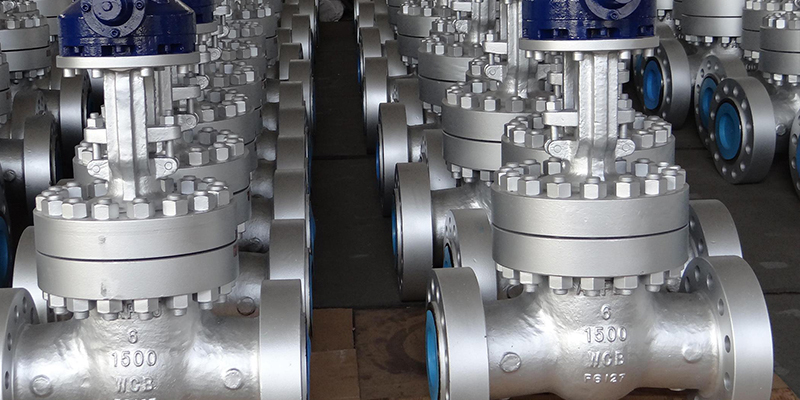
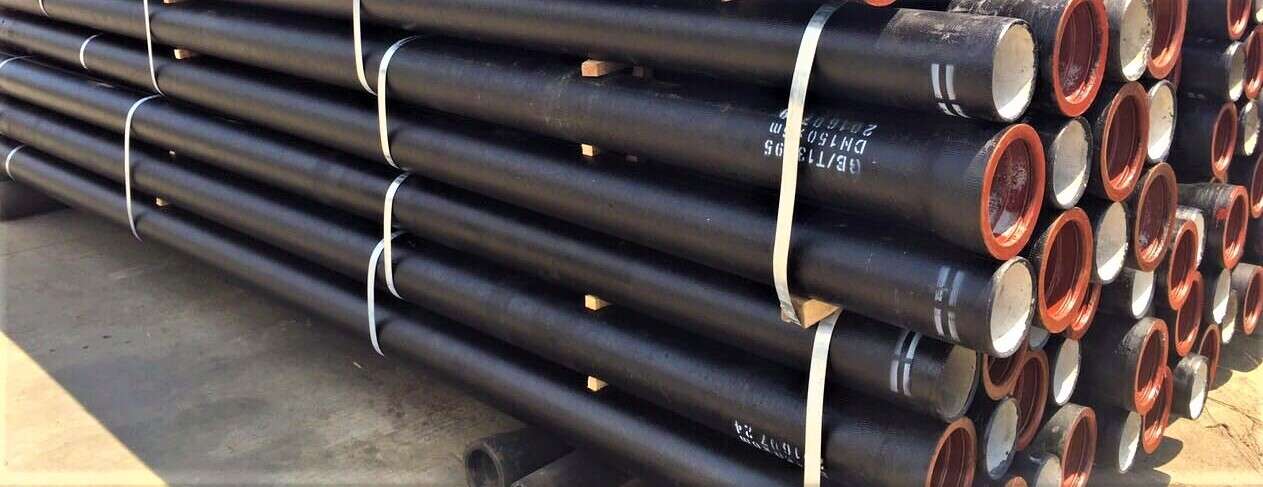


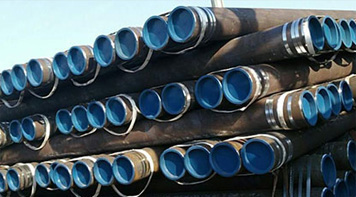 Eastern Steel Manufacturing Co.,Ltd not only improve product production and sales services, but also provide additional value-added services. As long as you need, we can complete your specific needs together.
Eastern Steel Manufacturing Co.,Ltd not only improve product production and sales services, but also provide additional value-added services. As long as you need, we can complete your specific needs together.
